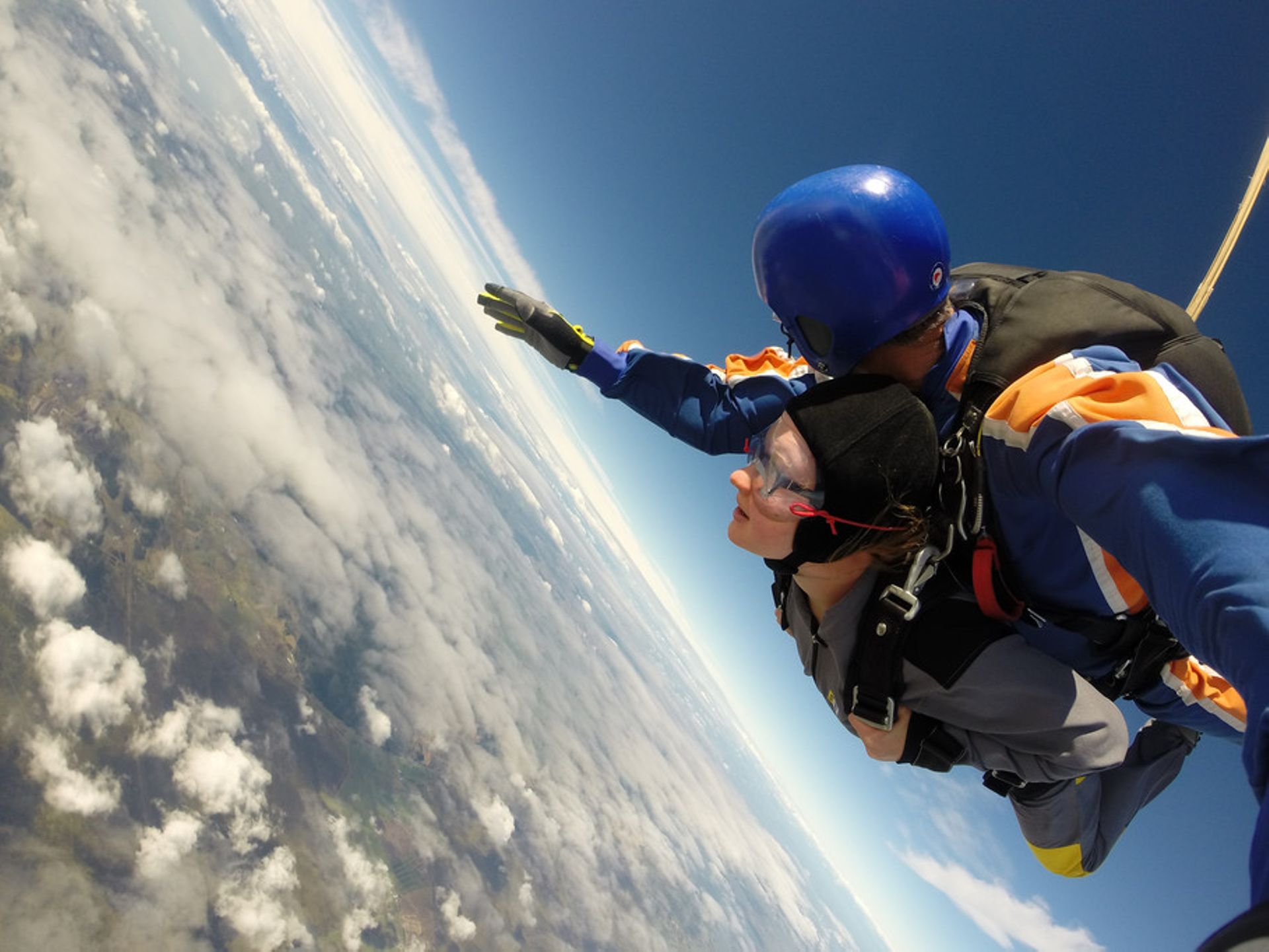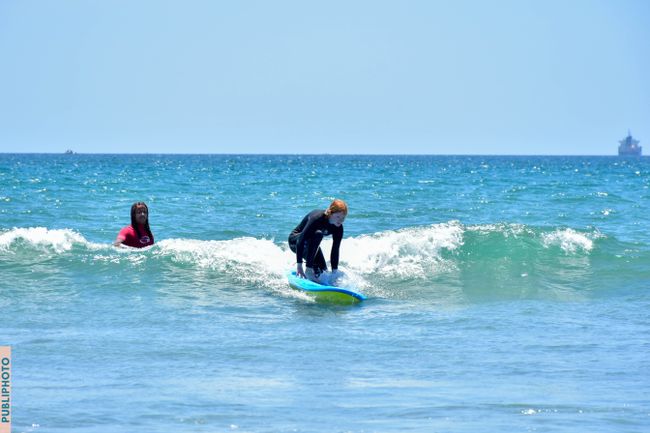Dunedin and the Otago Peninsula
Publié: 13.02.2019
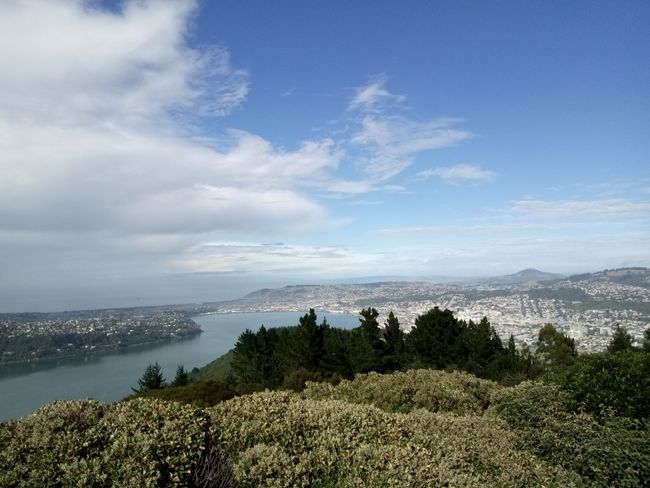
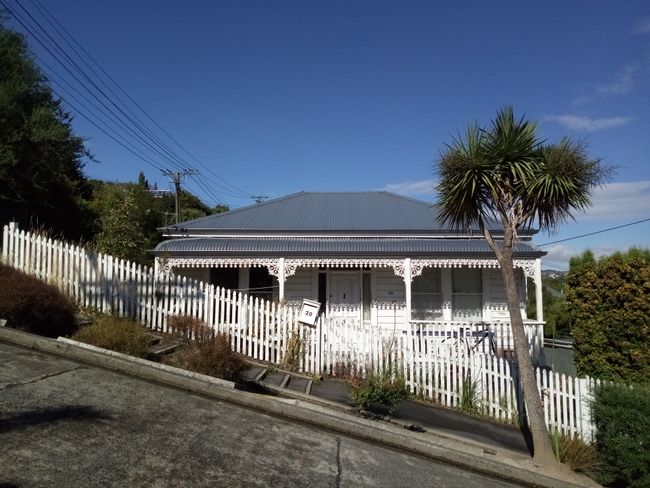
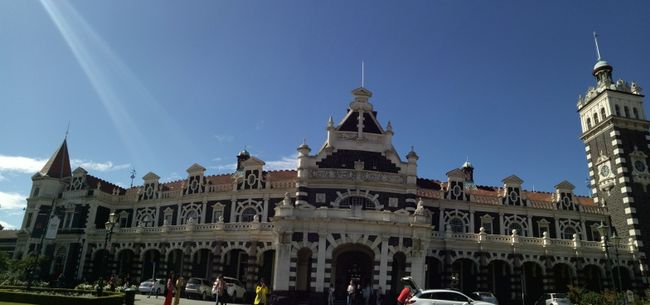
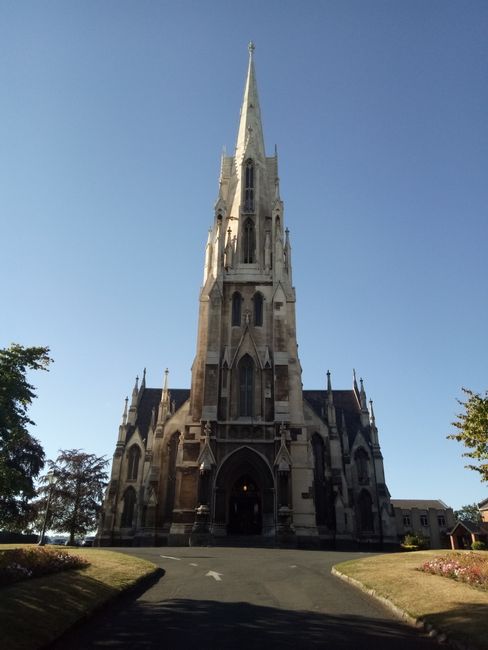
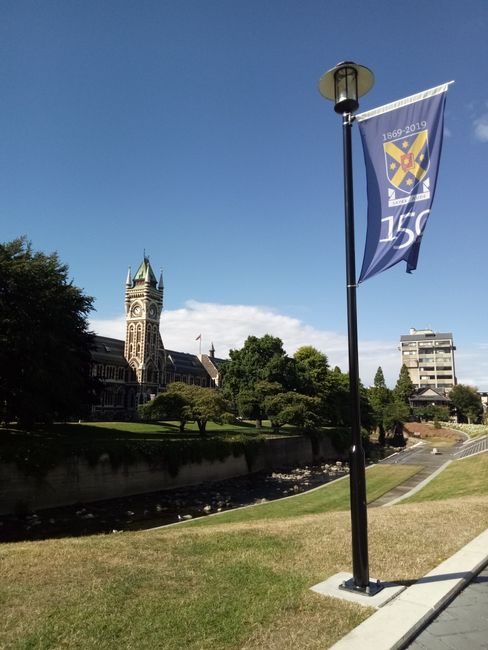
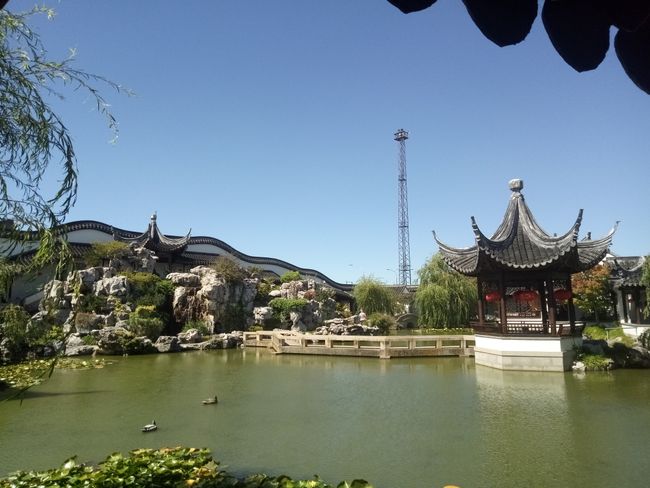
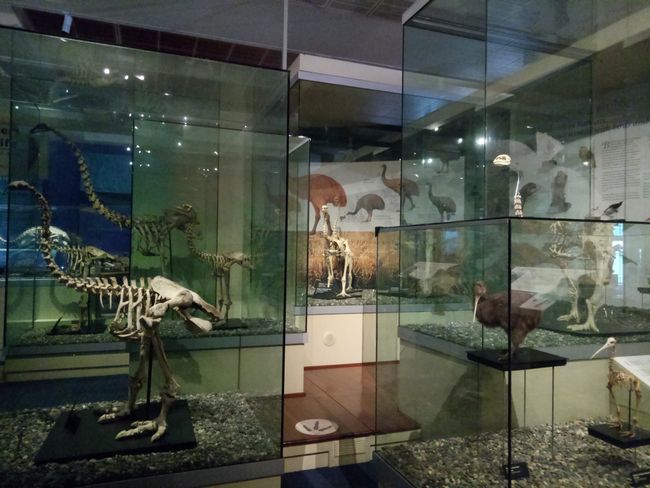
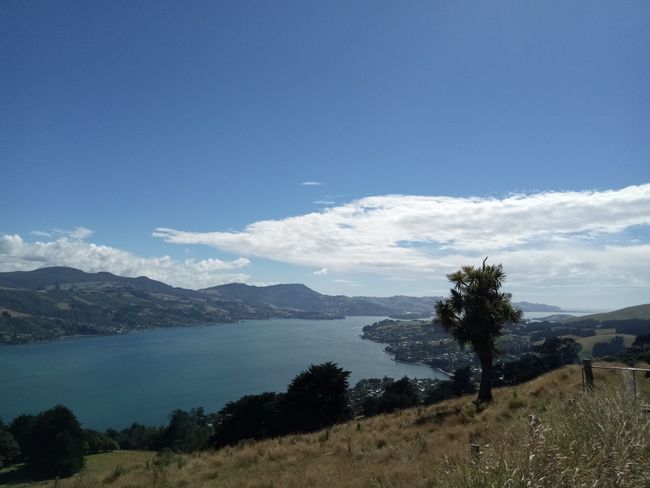
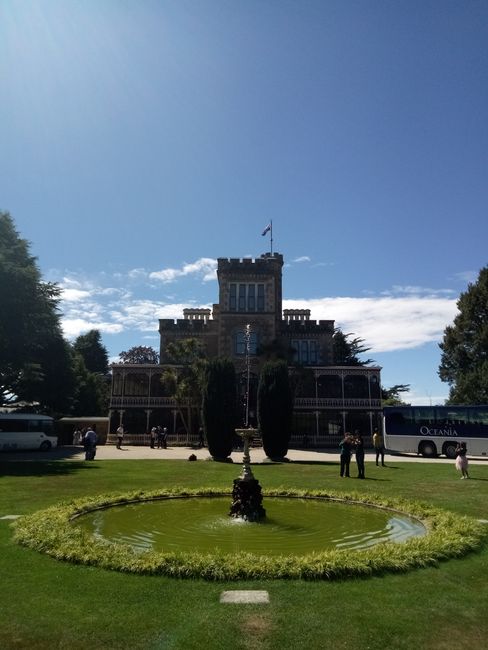
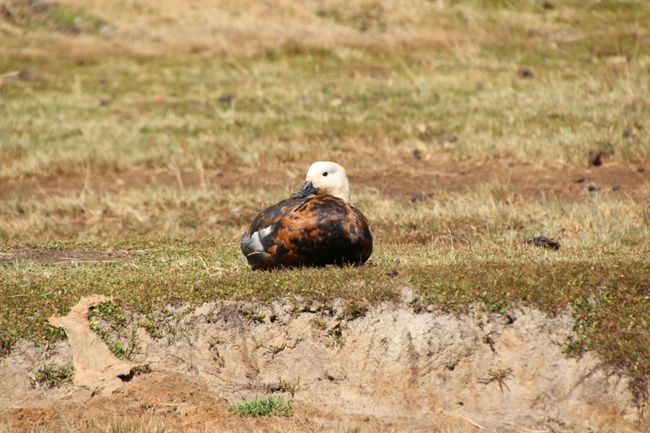
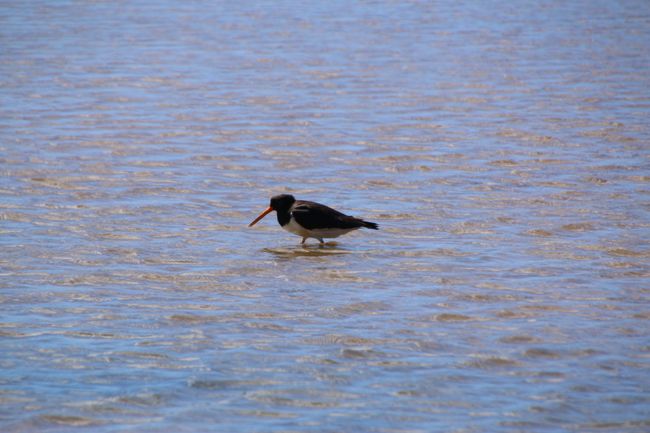
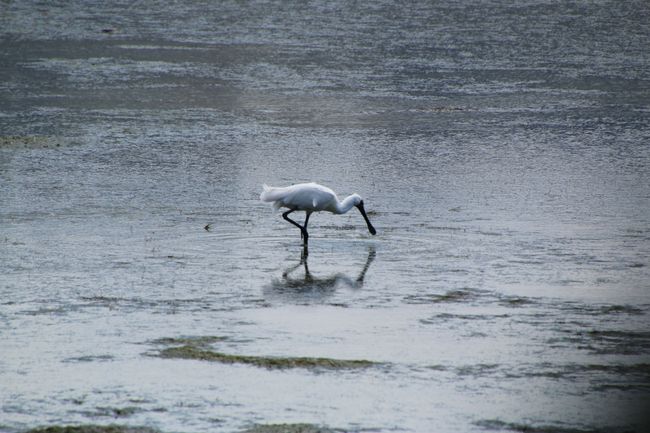
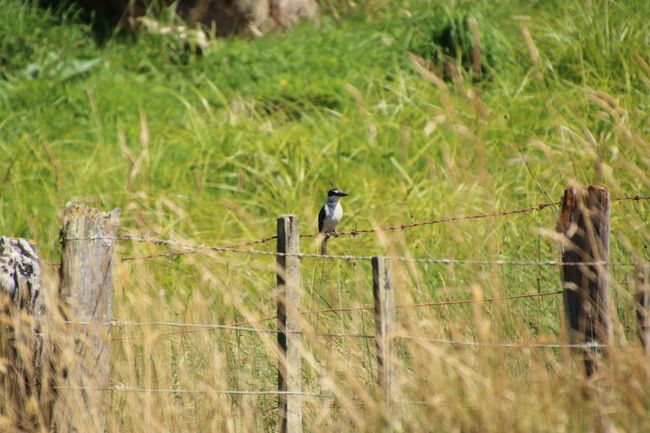
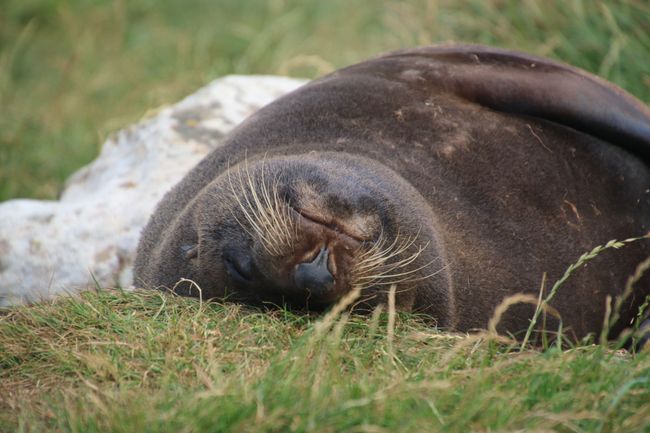
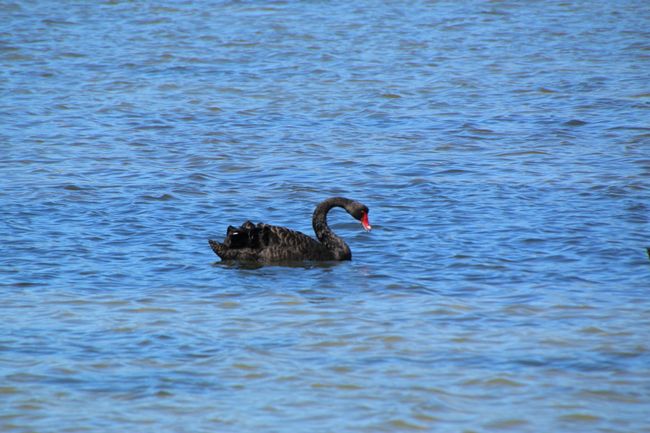
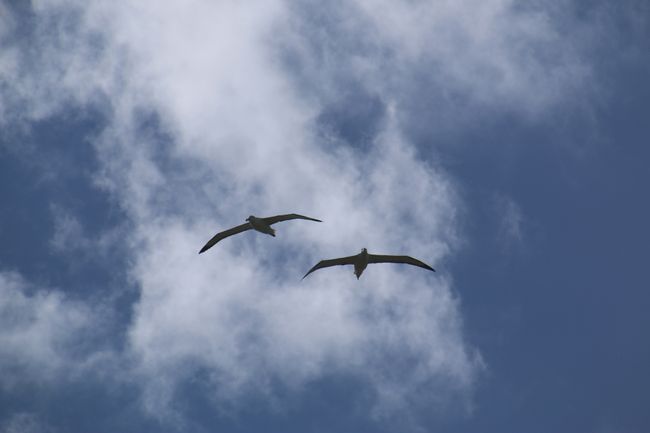
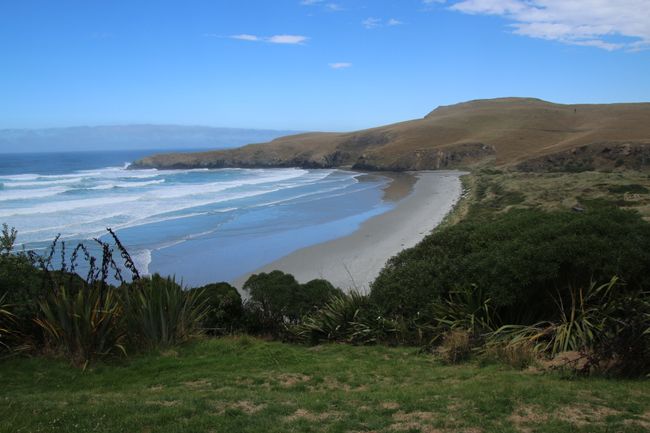
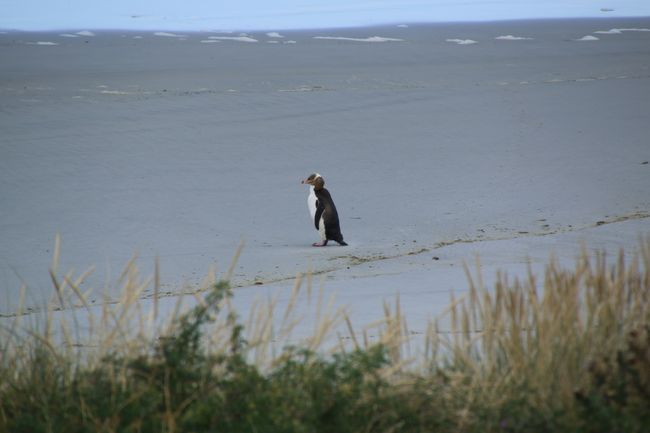
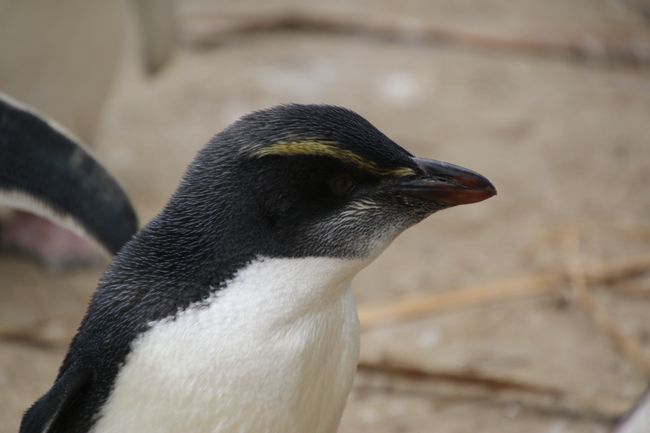
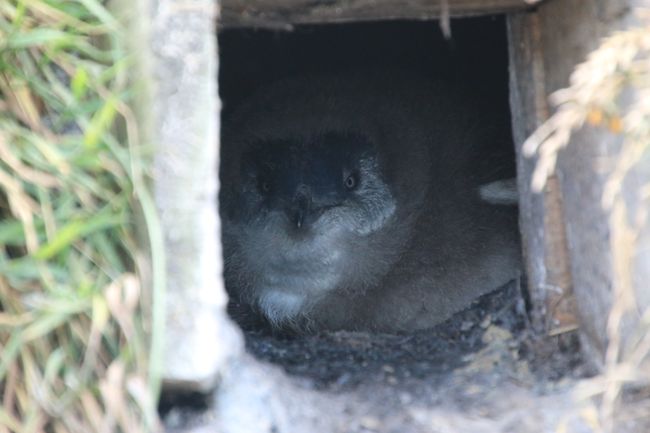
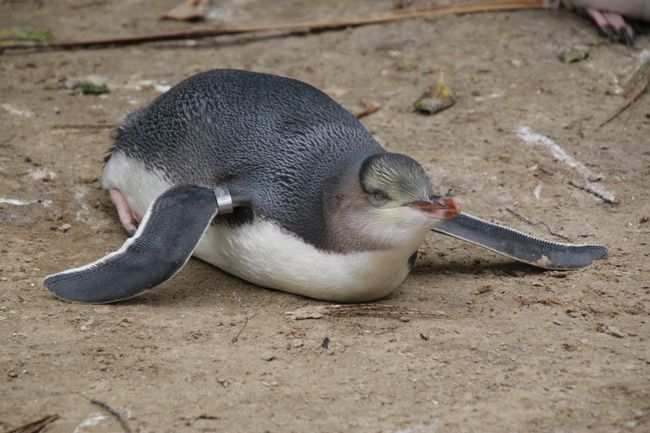
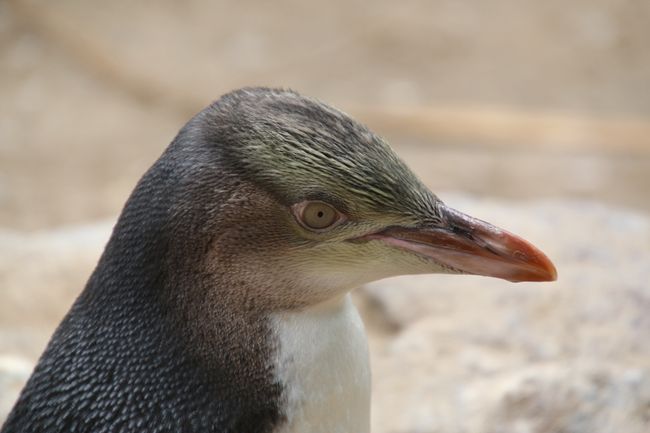
S'inscrire à la Newsletter
Because I somehow missed uploading a blog post yesterday (well, to be honest: I didn't feel like it), this post will be quite long, with lots of information about the city of Dunedin itself and the famous Otago Peninsula.
So sit back and take a few minutes. There are also many beautiful pictures ;)
Dunedin is the oldest city in New Zealand, founded in 1848 by Scottish settlers. Due to its volcanic landscape, the soil was very fertile and the harbor was protected from the open sea.
The city quickly grew in size and influence. During the gold rush in New Zealand, it reached its peak, only to be surpassed by other cities like Auckland or Christchurch afterwards.
Today, Dunedin is the sixth largest city in New Zealand with about 130,000 inhabitants. Approximately a quarter of them are students - Dunedin has an internationally famous university.
Dunedin is also trying to regain popularity, with success: numerous cruise ships anchor off Dunedin and more and more tourists come to the city, especially because of the Otago Peninsula.
But besides this mecca of maritime nature, Dunedin has much more to offer:
The Scottish heritage is quite noticeable. For example, 'Dunedin' translates to 'Edinburgh'. Coincidence? I think not...
In no other city in New Zealand can you buy kilts, bagpipes or haggis. Even Highland Games are held every year in summer - in the hills of Otago.
However, the landscape also resembles that of Scotland. But the settlers did not know that back then, so the plan for the city's layout came from the drawing board. This resulted in many steep streets.
The most famous one is probably the steepest street in the world (yes, it is in the Guinness Book of Records) - Baldwin Street. At its steepest point, the gradient is a staggering 39%.
Furthermore, Dunedin is known for its old Victorian buildings, especially the Railway Station (the most photographed building in New Zealand). I have to admit that they look quite nice, but unfortunately, they are all overcrowded with tourists.
Also worth mentioning are the first Protestant church and the main building of the university.
By the way, the university is celebrating its 150th anniversary this year, just a side note...
Like many New Zealand cities, Dunedin has many parks and green spaces. In addition, the city can proudly claim to host one of three authentic Chinese gardens outside of China - worldwide!
This is due to very good historical relations and Chinese workers in Dunedin. The garden was completely built in China, then dismantled, shipped to Dunedin, and then rebuilt there by Chinese people.
The garden itself did not blow me away, I have seen more beautiful European gardens, but I appreciate the effort.
The two major museums in Dunedin are free and offer very informative and interactive exhibitions. I didn't have the time or inclination to visit every exhibition, but the one about the past New Zealand nature was quite interesting. The Otago Museum houses the largest collection of moa skeletons worldwide. So if you're into old bones, this is the right place.
Already on the peninsula, but thematically more related to the city, I would like to mention Larnach Castle. It's not a stone castle in European style, but in the more beautiful Victorian style. The castle is located in the center of the peninsula and once belonged to a wealthy politician. There are a few funny stories about intrigues surrounding the estate. At least the castle has something in common with its European relatives.
I didn't go inside the castle, but I visited the castle gardens. Very beautiful!
With that, I now have the perfect transition to the Otago Peninsula.
After about 10 minutes drive from the city center, you reach the first foothills of the peninsula, and then a road leads along the entire 30km of coastline to the end, Taiaroa Head.
Of course, the peninsula is very beautiful and offers great views, but thousands of tourists flock there mainly for one reason: Wildlife spotting.
The Otago Peninsula is famous for its marine wildlife: from seagulls, ducks, oystercatchers and sea lions to penguins and albatrosses.
Especially the latter are the highlight of any tour. I was particularly interested in the penguins.
There are a few species of penguins in New Zealand. The cutest ones are the Little Blue Penguins. With just 20cm, they are also the smallest species.
Then there are two species in the Fjordland and the Yellow-eyed Penguins. These live right on this coast - and are severely threatened.
Where New Zealanders are actually experts in saving almost extinct birds (keyword kakapo), this penguin species is a real problem.
First, they are heavily affected by man-made problems: predators (those possums again!), deforestation of forests (they nest under trees), and they react very sensitively to general disruption of their habitat, e.g. when people walk on the beach.
Overfishing of the oceans is also not helpful, and there are two nasty diseases that make life very difficult for the chicks.
In addition to all this, it seems that this year entire fish stocks have collapsed, because parents can no longer feed their chicks properly and can hardly feed themselves. They have to travel longer distances, stay away longer.
In other words, the Yellow-eyed Penguin is having a very tough time. Some researchers fear that the species will be extinct in the coming years, despite all human efforts.
On the peninsula, there is a breeding and rehabilitation center for penguins. The chicks are nursed there and sick animals are treated and then released back into nature.
From there, you can also take a guided tour to the nature reserve where the penguins live and breed. But for days, no Yellow-eyed Penguins have been seen.
Until suddenly there was one specimen standing on the beach.
I can't even express how lucky I was to be in that reserve at that moment and see this Yellow-eyed Penguin! No sightings for days and then this!
I think it was more unlikely to see one of the penguins than a kiwi in the wild!
Unbelievable!
The penguin itself was unaware of all the excitement around him and calmly preened himself. We spent just under half an hour watching him - and kept repeating how lucky we were!
With this incredible experience, I have now seen all the animals I wanted to see in New Zealand. So my little trip to Dunedin was definitely worth it!
S'inscrire à la Newsletter
Répondre

Rapports de voyage Nouvelle-Zélande
